What Makes Cabernet Sauvignon Sweet Or Dry?
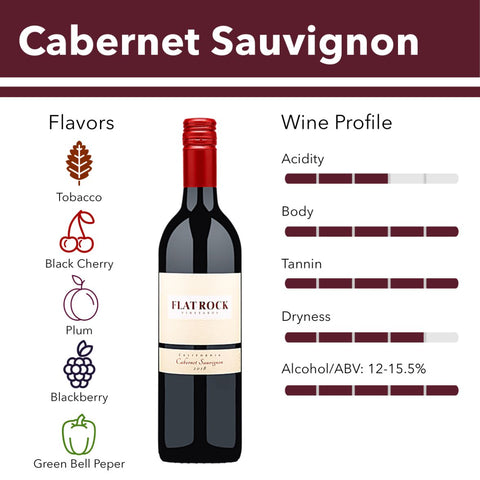
Cabernet Sauvignon is known for its dry taste, but what exactly makes it sweet or dry? The key factor is the amount of residual sugar in the wine. During the fermentation process, the yeast consumes the sugar in the grape juice, converting it into alcohol. If the fermentation is allowed to continue until all the sugar is consumed, the resulting wine will be dry. On the other hand, if fermentation is stopped before all the sugar is converted, the wine will retain some residual sweetness. Cabernet Sauvignon is typically fermented until dry, resulting in its characteristic dry taste.
Understanding The Sweetness Levels Of Cabernet Sauvignon
Cabernet Sauvignon is typically known for its dry taste, meaning it has low levels of residual sugar. However, it can still exhibit varying levels of sweetness depending on factors such as the ripeness of the grapes and winemaking techniques. The sweetness levels of Cabernet Sauvignon can be classified as dry, off-dry, or slightly sweet. Dry Cabernet Sauvignon has little to no residual sugar, while off-dry Cabernet Sauvignon may have a touch of sweetness. Slightly sweet Cabernet Sauvignon will have a noticeable sweetness on the palate. Understanding these sweetness levels can help you find the perfect Cabernet Sauvignon to suit your taste preferences.
Factors Influencing The Taste Profile Of Cabernet Sauvignon
The taste profile of Cabernet Sauvignon is influenced by several factors. One major factor is the climate and terroir in which the grapes are grown. Cabernet Sauvignon from cooler climates tends to have higher acidity and more herbal notes, while those from warmer regions often exhibit riper fruit flavors and softer tannins. The oak aging process also plays a role, adding flavors of vanilla, spice, and sometimes even a hint of sweetness. Additionally, winemaking techniques such as fermentation temperature and maceration time can affect the intensity and complexity of the wine. Overall, these factors contribute to the unique taste profile of Cabernet Sauvignon.
Characteristics Of Cabernet Sauvignon Wine
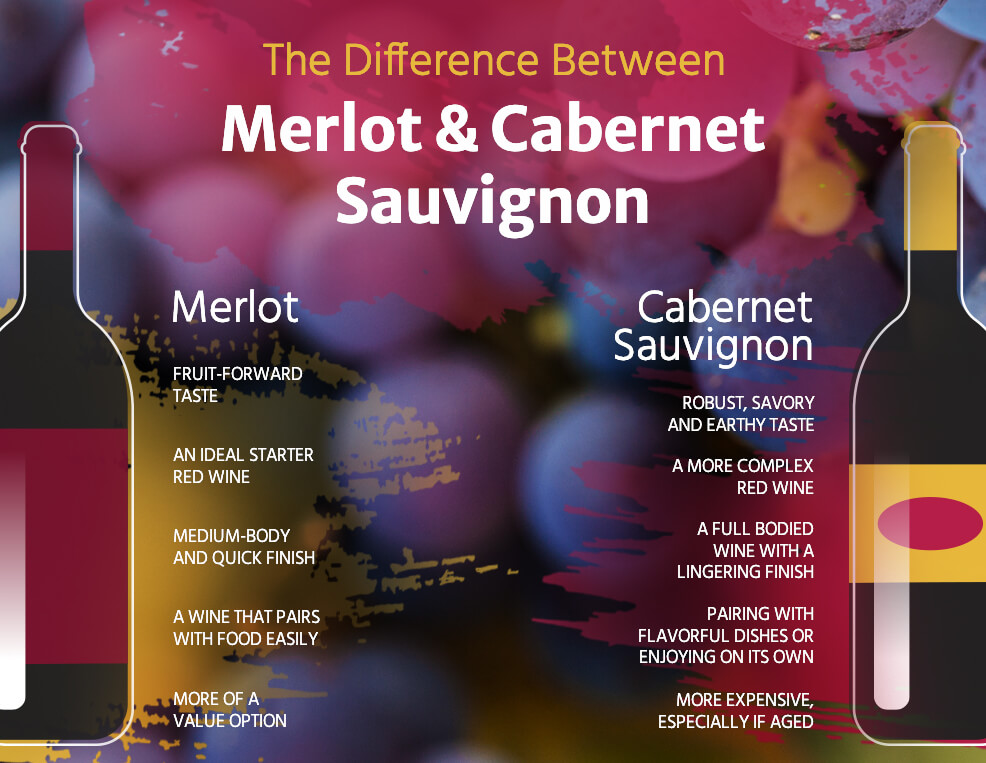
Cabernet Sauvignon is known for its distinct characteristics that set it apart from other wines. It is a dry and full-bodied red wine with medium-high tannins and medium acidity. The primary flavors found in Cabernet Sauvignon include black cherry, black currant, and blackberry. It also exhibits secondary flavors of black pepper, tobacco, licorice, and hints of vanilla and violet. The wine is often oak-aged, adding complexity and a touch of spice to the flavor profile. These characteristics make Cabernet Sauvignon an elegant and bold wine, perfect for those seeking a rich and robust drinking experience.
Primary Flavors Found In Cabernet Sauvignon
Cabernet Sauvignon is known for its distinct flavor profile that showcases a variety of primary flavors. This full-bodied red wine offers a rich and robust taste characterized by notes of black cherry, black currant, and blackberry. These dark fruits provide a luscious sweetness that is complemented by the wine’s medium-high tannins and medium acidity. Additionally, Cabernet Sauvignon exhibits secondary flavors of black pepper, tobacco, licorice, and hints of vanilla and violet, adding complexity to its overall taste. The combination of these flavors makes Cabernet Sauvignon a sophisticated and flavorful choice for wine enthusiasts.
Aroma And Taste Notes To Identify In Cabernet Sauvignon
Cabernet Sauvignon is known for its distinct aroma and taste profile. The wine offers a delightful bouquet of black fruits such as black cherry, black currant, and blackberry. These fruits contribute to its rich and complex flavor. In addition, Cabernet Sauvignon may exhibit secondary aromas of black pepper, tobacco, licorice, and hints of vanilla and violet. On the palate, the wine showcases a good balance between fruitiness and acidity, with notes of dark chocolate, cedar, and earthiness. These unique aroma and taste notes make Cabernet Sauvignon a captivating choice for wine lovers.
Difference Between Sweetness And Fruitiness In Wine
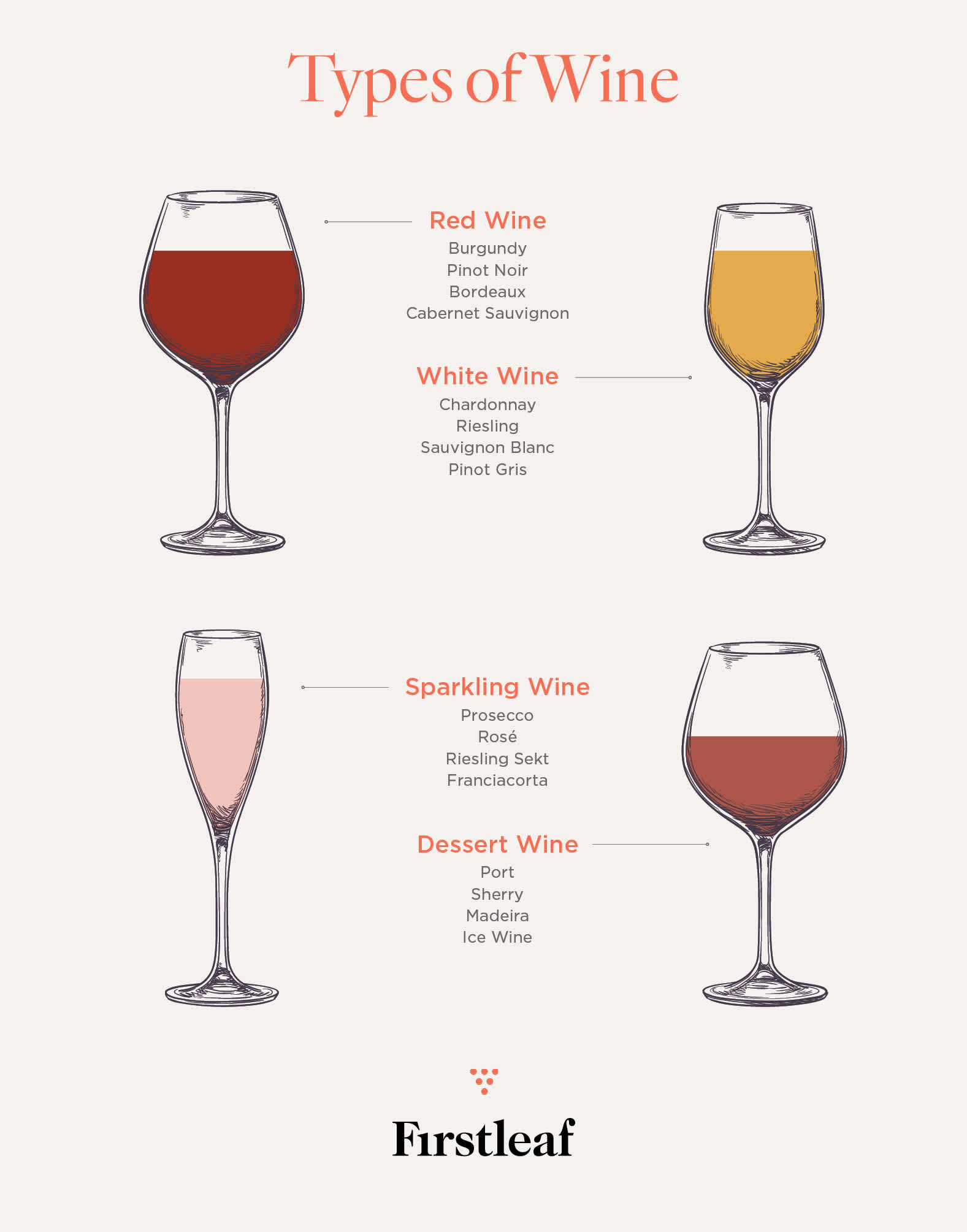
Sweetness and fruitiness are two distinct characteristics in wine that are often misunderstood. While sweetness refers to the presence of residual sugar in the wine, fruitiness relates to the aromatic and flavor profile of the wine, derived from the fruit used in its production.
Sweetness is a sensory perception of sugar, which can range from dry (no perceptible sweetness) to sweet (noticeable sugar content). Fruitiness, on the other hand, refers to the presence of fruit flavors, such as berries, citrus, or stone fruits, which add complexity to the wine.
It’s important to note that a wine can be fruity without being sweet, as fruitiness is a result of the grape variety and winemaking techniques.
Defining Sweetness And Fruitiness In Wine Flavors
Sweetness in wine refers to the level of residual sugar present in the wine. It is the perception of sugar on the palate and can range from dry (no noticeable sweetness) to sweet (significant sugar content). Fruitiness, on the other hand, pertains to the aromatic and flavor profile derived from the fruit used in making the wine. It includes notes of berries, citrus, or stone fruits, which add complexity to the wine. It’s important to note that a wine can be fruity without being sweet, as fruitiness is primarily determined by the grape variety and winemaking techniques used.
How Cabernet Sauvignon Balances Sweetness And Fruitiness
Cabernet Sauvignon achieves a balance between sweetness and fruitiness through its combination of grape ripeness, fermentation techniques, and aging. The winemaker carefully controls the sugar levels during fermentation to maintain the desired level of sweetness. Additionally, the use of oak barrels and the aging process can impart flavors of vanilla and spice, which complement the fruitiness of the wine. This careful balance ensures that the sweetness does not overpower the natural fruit flavors, resulting in a harmonious and complex wine.
How To Identify Sweetness In Cabernet Sauvignon
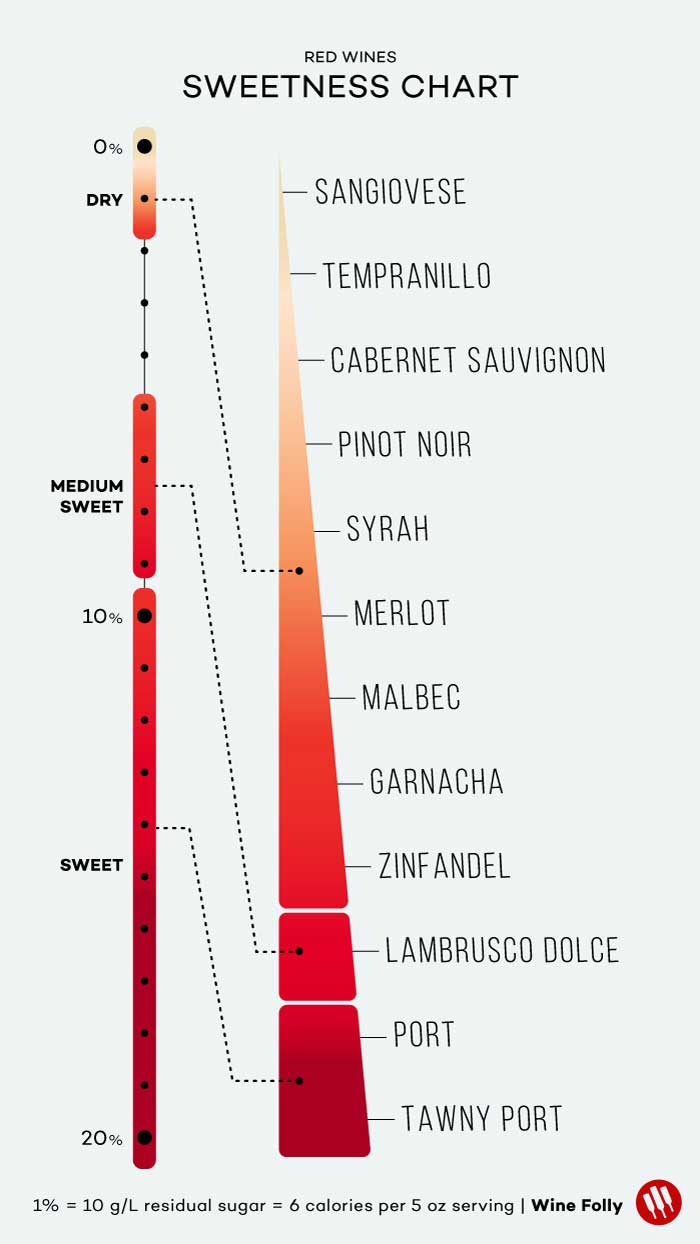
Identifying sweetness in Cabernet Sauvignon can be done through careful tasting techniques. First, observe the wine’s color and consistency. Sweeter Cabernet Sauvignons tend to be darker and more viscous. Next, swirl the wine in the glass and take a gentle sniff to detect any sweet aromas. When tasting, pay attention to the initial impression on the palate. Sweet Cabernet Sauvignons will have a noticeable sweetness that lingers. Additionally, look for tasting notes of ripe fruits, such as blackberries and cherries, which can indicate sweetness. Overall, developing a discerning palate through practice and comparing different wines can help you accurately identify the sweetness level in Cabernet Sauvignon.
Tasting Techniques For Detecting Sweetness In Wine
When tasting Cabernet Sauvignon or any wine to detect sweetness, there are several techniques you can use. Start by observing the color and consistency of the wine, as sweeter Cabernet Sauvignons tend to be darker and more viscous. Next, gently swirl the wine in the glass and take a sniff to detect any sweet aromas. When tasting, pay attention to the initial impression on your palate, as sweet wines will have a noticeable sweetness that lingers. Look for tasting notes of ripe fruits like blackberries and cherries, as they can indicate sweetness. Developing a discerning palate through practice and comparing different wines can help you accurately identify the sweetness level in Cabernet Sauvignon.
Tips For Beginners To Distinguish Sweet Notes In Cabernet Sauvignon
For beginners trying to distinguish sweet notes in Cabernet Sauvignon, there are a few helpful tips to keep in mind. First, pay attention to the wine’s aroma, as sweet wines often have strong and pronounced fruity scents. Next, take a small sip and let it coat your palate. Notice if there is a lingering sweetness or if the taste is dry and crisp. Additionally, compare the sweetness level of different Cabernet Sauvignons to develop a better understanding of what to look for. With practice and exploration, beginners can become more confident in identifying the sweet notes in Cabernet Sauvignon.
Pairing Cabernet Sauvignon With Food
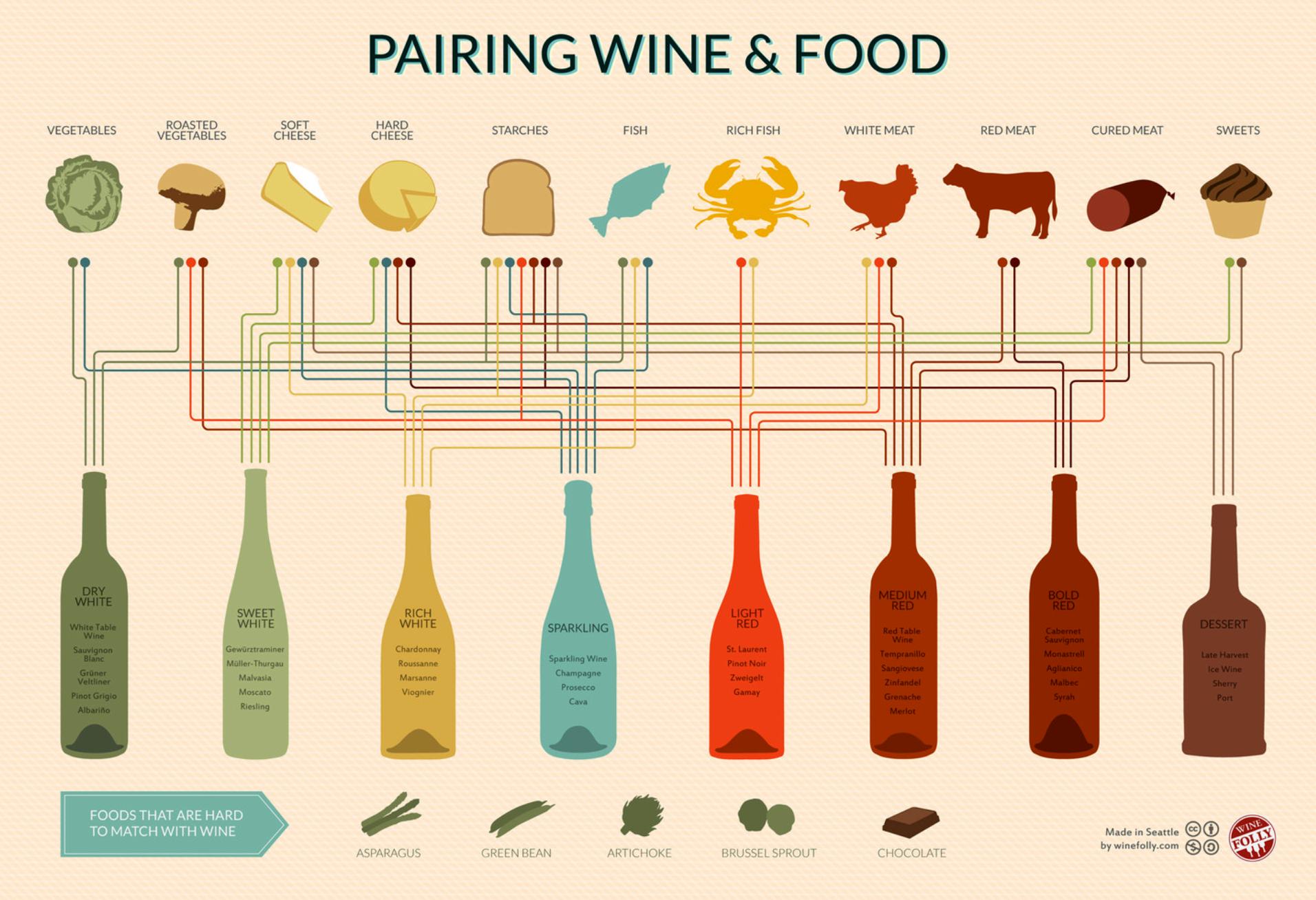
Cabernet Sauvignon is a versatile wine that pairs well with a variety of dishes. Its full-bodied nature and strong tannins make it a perfect match for fattier cuts of meat such as steak and lamb chops. The dark fruity flavors of plum, blackberry, and black currant complement the richness of these meats. For the best results, serve Cabernet Sauvignon at just below room temperature, around 55° to 65° F. Whether you’re enjoying a juicy steak or a savory lamb dish, Cabernet Sauvignon will enhance the flavors of your meal and provide a refreshing balance to each bite.
Best Food Pairings For Sweet And Dry Cabernet Sauvignon
Cabernet Sauvignon pairs exceptionally well with a variety of dishes, both sweet and savory. When it comes to sweet Cabernet Sauvignon, it pairs beautifully with chocolate desserts, such as dark chocolate cake or chocolate mousse. The rich and fruity flavors of the wine complement the sweetness of the dessert. On the other hand, dry Cabernet Sauvignon pairs perfectly with red meat dishes like steak, lamb chops, and beef stew. The full-bodied nature of the wine and its tannins create a harmonious balance with the rich flavors of the meat.
Enhancing The Flavor Profile Of Cabernet Sauvignon With Complementary Dishes
When pairing Cabernet Sauvignon with food, choosing complementary dishes can enhance the flavor profile of the wine. The bold and robust characteristics of Cabernet Sauvignon can be amplified when paired with foods rich in fats and proteins. For example, a juicy steak or a hearty beef stew can bring out the deep flavors and velvety texture of the wine. Additionally, dishes with earthy flavors like mushrooms or truffles can complement the hints of earthiness often found in Cabernet Sauvignon. Experimenting with different food pairings can elevate your wine-drinking experience and create a harmonious balance of flavors.
Conclusion

In conclusion, Cabernet Sauvignon is not considered a sweet wine. Its flavor profile is characterized by its rich, full-bodied, and complex qualities, with minimal residual sugar. Understanding the sweetness levels of Cabernet Sauvignon and its fruitiness can help wine enthusiasts appreciate its unique taste. Whether you prefer a sweet or dry wine, Cabernet Sauvignon offers a versatile and enjoyable experience when paired with complementary dishes. So, next time you indulge in a glass of this beloved red wine, savor the bold flavors and explore its ability to enhance your dining experience with its robust characteristics.
Summary Of Cabernet Sauvignon Sweetness Levels And Flavor Characteristics
Cabernet Sauvignon is known for its dryness rather than sweetness, as it typically falls on the drier end of the sweetness scale. Its flavor profile is distinguished by its rich, full-bodied nature, with intense flavors of dark fruits, blackcurrants, and spices. The wine often showcases bold tannins, which give it structure and complexity. While Cabernet Sauvignon can have some fruity notes, it is primarily appreciated for its deep and robust characteristics. Whether enjoyed on its own or paired with food, Cabernet Sauvignon offers a versatile and satisfying wine experience.
Exploring The Versatility Of Cabernet Sauvignon In Wine Pairing
Cabernet Sauvignon is a versatile wine that can be paired with a variety of dishes. Its rich and full-bodied characteristics make it a perfect match for hearty and robust foods such as grilled meats, stews, and aged cheeses. The wine’s tannins and acidity help cut through fatty and savory flavors, creating a harmonious pairing. Additionally, Cabernet Sauvignon can also complement rich pasta dishes, roasted vegetables, and even chocolate desserts. Whether you’re enjoying a casual dinner or a special occasion, Cabernet Sauvignon offers a wide range of pairing options to enhance your dining experience.
FAQ About Cabernet Sauvignon: Understanding Wine Flavors
Q: Is Cabernet Sauvignon a sweet wine?
A: No, Cabernet Sauvignon is typically a dry red wine known for its bold and rich flavors, with notes of dark fruits, herbs, and oak. It is not considered a sweet wine.
Q: What flavors can be found in Cabernet Sauvignon?
A: Cabernet Sauvignon is known for its complex flavors, including blackcurrant, plum, black cherry, tobacco, and sometimes green bell pepper or mint. It often has a hint of vanilla and cedar from oak aging.
Q: How should Cabernet Sauvignon be served?
A: Cabernet Sauvignon is best served slightly below room temperature, around 60-65°F (15-18°C), to bring out its full flavor profile. It pairs well with rich dishes like steak, lamb, and aged cheeses.
Q: Does Cabernet Sauvignon get better with age?
A: Yes, Cabernet Sauvignon is a wine that can benefit from aging, especially higher-quality bottles. As it matures, it can develop more complexity and smooth out its tannins, leading to a more refined taste.
Q: Are all Cabernet Sauvignon wines the same?
A: No, Cabernet Sauvignon can vary widely depending on the region it comes from, the winemaking techniques used, and the specific characteristics of the grapes. Different regions like Napa Valley, Bordeaux, or Australia will produce Cabernet Sauvignon wines with unique flavors and profiles.

A local, family-owned fast food and ice-cream diner in Wind Lake, Wisconsin. We might be small, but we are big on fast-friendly service with everything cooked to order. B-Lazy Diner offers chicken and fish fry buckets, served up with French fries and our famous homemade coleslaw and tarter sauce, along with a variety of wraps, seasoned burgers, homemade soups, and, of course, ice cream cones, sundaes, malts, and shakes.